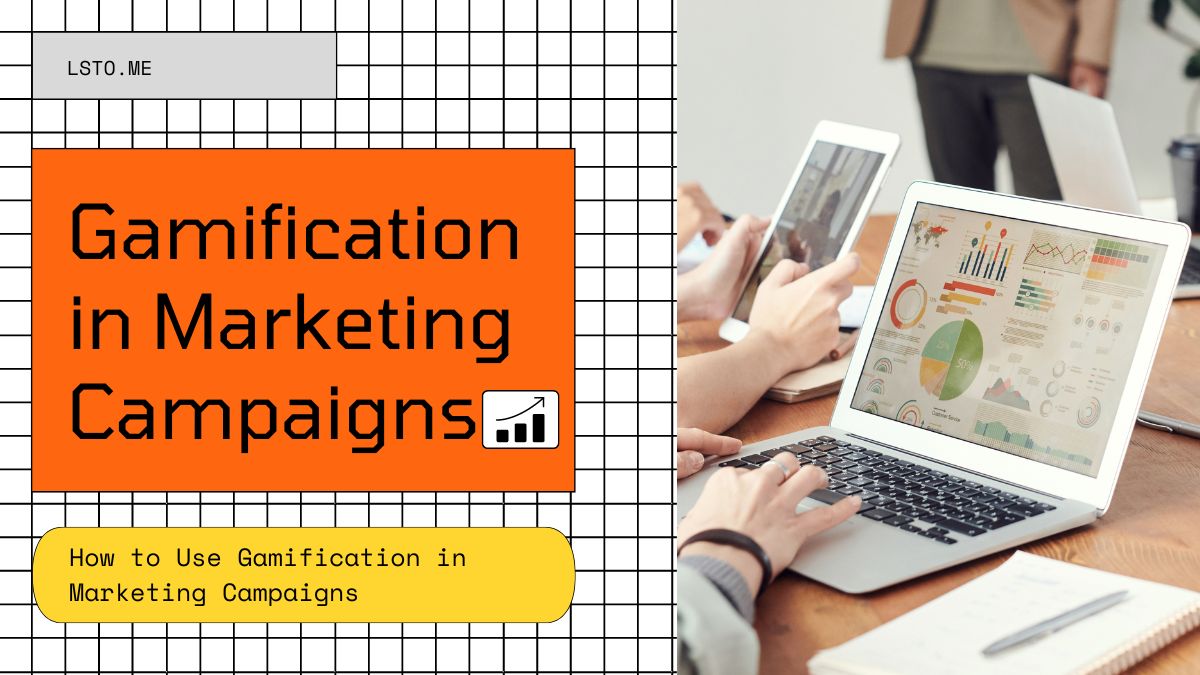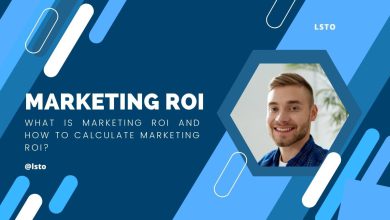
In today’s digital world, businesses must engage their audience. They need to stand out from the competition. One such method that has gained significant traction is gamification. Integrating game mechanics into marketing can create immersive experiences. They can captivate audiences, boost loyalty, and drive business growth. This blog post will explore gamification. We’ll cover its benefits and how to use it in your marketing campaigns for the best results.
What is Gamification?
Understanding Gamification
Gamification applies game-like elements to non-gaming contexts. These include marketing, education, and workplaces. Using points, badges, leaderboards, challenges, and rewards motivates users. It engages them in activities that might seem boring or dull.
In marketing, gamification seeks to engage the audience. It encourages actions like buying, signing up for a newsletter, or sharing on social media.
The Psychology Behind Gamification
Gamification leverages key psychological principles that drive human behavior, such as:
- Reward and Motivation: People are motivated by the promise of rewards, whether tangible (e.g., discounts, gifts) or intangible (e.g., recognition, status).
- Competition and Achievement: The desire to compete and achieve goals is a strong motivator. Leaderboards and challenges tap into this instinct.
- Social Interaction: Humans are inherently social beings. Gamification often incorporates elements that encourage users to interact, share, and compete with others.
- Progression and Mastery: The sense of progress and mastery as users complete tasks and challenges is highly satisfying and keeps them engaged.
Benefits of Using Gamification in Marketing Campaigns
1. Enhanced Customer Engagement
Gamification transforms passive interactions into active participation. Adding fun and challenge can engage your audience longer. This leads to more interaction with your brand.
2. Increased Brand Loyalty
When customers feel rewarded for their efforts, they connect with your brand. Gamification builds loyalty by rewarding users for repeat visits. It encourages them to return for more.
3. Higher Conversion Rates
Gamified experiences often guide users through steps or challenges. The goal is a desired action, like making a purchase or filling out a form. By making the journey enjoyable, gamification can increase conversion rates.
4. Data Collection and Insights
Gamification provides valuable data on user behavior, preferences, and engagement patterns. This data can be used to refine your marketing strategies, tailor content to your audience, and optimize future campaigns.
5. Social Sharing and Virality
People love to share their achievements, especially when rewarded. Gamified campaigns often urge users to share their progress on social media. This boosts your brand’s reach and raises the chances of your campaign going viral.
How to Incorporate Gamification into Your Marketing Campaigns
1. Set Clear Objectives
Before diving into gamification, define your marketing campaign’s goals. What do you want to achieve? Your goals will shape the design of your gamified experience. They could be to boost brand awareness, drive sales, or collect user data.
2. Understand Your Audience
To create a successful gamified campaign, understand your audience. Know their preferences, behaviors, and motivations. Do market research. Analyze customer data. Consider your target audience’s demographics and psychographics. This information will help you design a gamified experience that resonates with them.
3. Choose the Right Game Mechanics
Different game mechanics appeal to different audiences. Here are some common game mechanics used in marketing:
- Points and Badges: Reward users with points or badges for completing specific actions, such as signing up, making a purchase, or sharing content. These rewards can be accumulated and redeemed for discounts, gifts, or other perks.
- Leaderboards: Create a sense of competition by displaying a leaderboard that ranks users based on their performance or activity. This encourages users to participate more actively to climb the ranks.
- Challenges and Quests: Design challenges or quests that users can complete to earn rewards. These could be daily tasks, quizzes, or multi-step journeys that guide users through your brand’s offerings.
- Progress Bars: Use progress bars to show users how close they are to achieving a goal or earning a reward. This visual representation of progress can motivate users to continue engaging with your brand.
- Spin-the-Wheel or Instant Win: Add an element of surprise by offering users the chance to win instant prizes or discounts through a spin-the-wheel game or similar mechanic.
4. Integrate Gamification Across Multiple Channels
To maximize your gamified campaign’s impact, integrate it across multiple marketing channels. This could include your website, social media platforms, email marketing, and mobile apps. A consistent experience across channels will grow your audience and strengthen your brand.
5. Create a Narrative or Storyline
A good story can make a gamified experience more immersive. Consider adding a theme, characters, or a story to connect the game elements. This adds depth to the experience and encourages users to engage more deeply with your brand.
6. Offer Meaningful Rewards
The rewards you offer should be meaningful and relevant to your audience. Tangible rewards like discounts, gifts, or exclusive access can be very motivating. But, intangible rewards like recognition and status can be just as powerful. So can a sense of accomplishment. Ensure that the rewards align with your brand and resonate with your audience.
7. Encourage Social Sharing
Add social sharing features to your gamified campaign. This will encourage users to share their achievements and experiences with their networks. It boosts brand visibility and adds social proof. This can attract new users to join the campaign.
8. Monitor and Optimize
Like any marketing campaign, you must monitor your gamified campaign. Adjust it as needed. Use analytics tools to track key metrics. These include user participation, engagement rates, conversion rates, and social shares. Analyze the data to identify what’s working well and where improvements can be made.
Examples of Successful Gamification in Marketing
Example 1: Starbucks Rewards
Starbucks’ loyalty program is a prime example of gamification in marketing. Customers earn stars for every purchase, which can be redeemed for free drinks and food. The app has a progress bar that shows users how close they are to earning a reward. It also has badges for completing challenges. This gamified experience keeps customers engaged and encourages repeat visits.
Example 2: Nike Run Club
Nike’s Run Club app uses gamification to motivate users to stay active. The app tracks users’ runs. It rewards them with badges for milestones. It has leaderboards for users to compete with friends. The gamified elements make running more fun. They encourage users to stick to their fitness goals.
Example 3: Duolingo
Duolingo, a language-learning app, has successfully gamified education. Users earn points, level up, and receive rewards for completing lessons. The app has streaks. Users must practice daily to keep their streak. Duolingo’s gamified approach makes language learning fun. It has a loyal user base.
Conclusion
Gamification is a powerful tool. It can boost your marketing. It makes campaigns engaging and interactive for your audience. By understanding gamification’s psychology, you can design better campaigns. Set clear goals and choose the right game mechanics. This will captivate your audience, build loyalty, and grow your business. Gamification is a unique way to achieve your marketing goals. It can boost brand awareness, sales, or user data collection. With careful planning, gamification can be a key part of your marketing. It will help you stand out in a crowded digital space.




